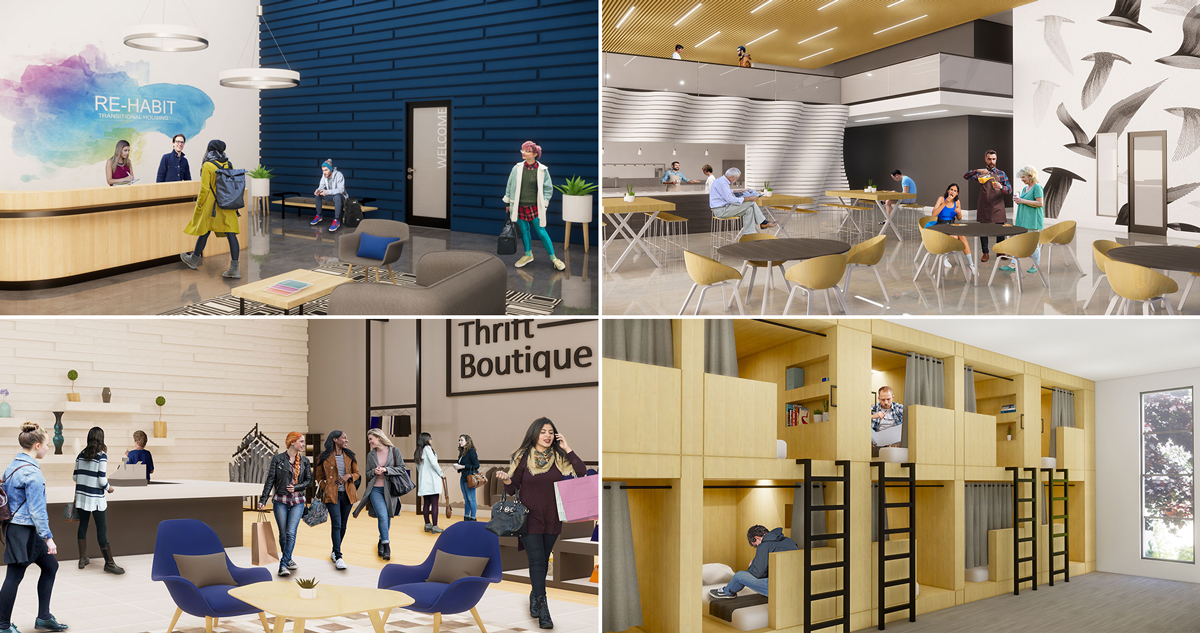As landlords consider what to do with their faltering shopping malls, one idea is gaining traction statewide: repurposing unused space into housing for the homeless.
Irvine-based KTGY Architecture + Planning is developing a new concept called Re-Habit, which would redevelop empty big-box stores into mixed-use spaces focused on transitional housing and social servicesca, according to Re Journals.
The concept seeks to address two problems: the abundance of large, vacant retail space due to the decline in brick-and-mortar stores, and an increase in homelessness.
There were 6,895 store closures in 2017, a 229 percent increase over the previous year, according to KTGY.
From 2016 to 2017, the homeless population in the country increased for the first time in seven years. The problem is particularly acute in California, where nearly 70 percent of homeless people do not live in shelters. Los Angeles continues to grapple with its homeless problem — and affordable housing crisis — and continues to come up with ways to address both problems.
KTGY’s plan — which is still in the research and development phase — could work like this: an anchor mall store would be carved up to allow a new entry path to the mall. Small retail spaces would front that new entry, and on top of those retail spaces would be living quarters.
Job training, recreational programming and other social services would have dedicated spaces in the facility, which would also have a courtyard and a rooftop garden, according to Re Journals.
Principals with KTGY said that sheltering the homeless might not be the first choice for many big-box owners, but that market conditions are forcing them to get creative and consider alternative proposals.
Housing the homeless is just the latest proposal to fill vacant mall space.
After paying nearly $15 billion for a massive mall portfolio in July, Toronto-based Brookfield Property Partners is already considering adding housing office space and even hotels to some of its underperforming malls.
While co-working offices are an increasingly common feature in central business districts, some companies are adding such spaces to struggling malls, with surprisingly positive benefits for both the employees and the malls, one study found.
Warehouse landlords are also now turning to former malls as new storage facilities for e-commerce companies, despite the fact that companies like Amazon are the reason for the continued dwindling retail sales numbers. [Re Journals] — Joe Ward
